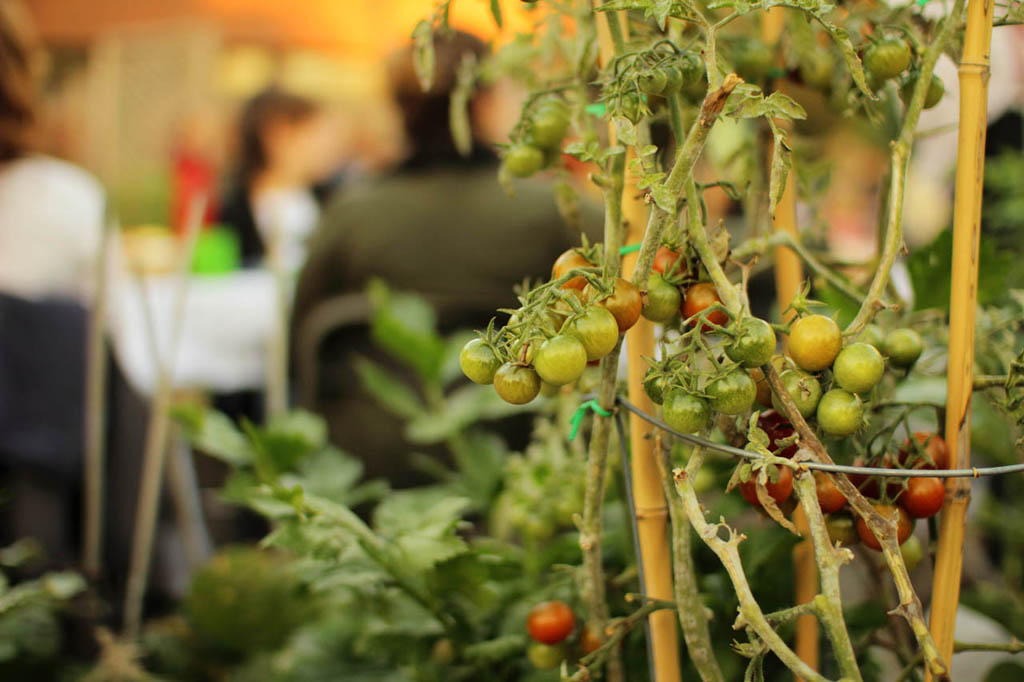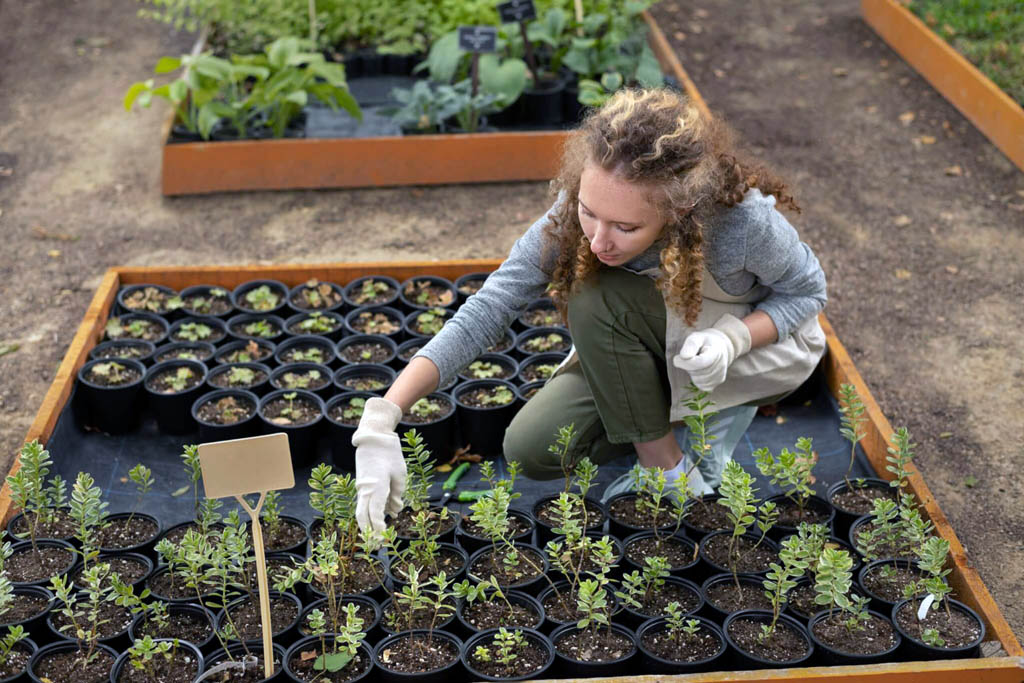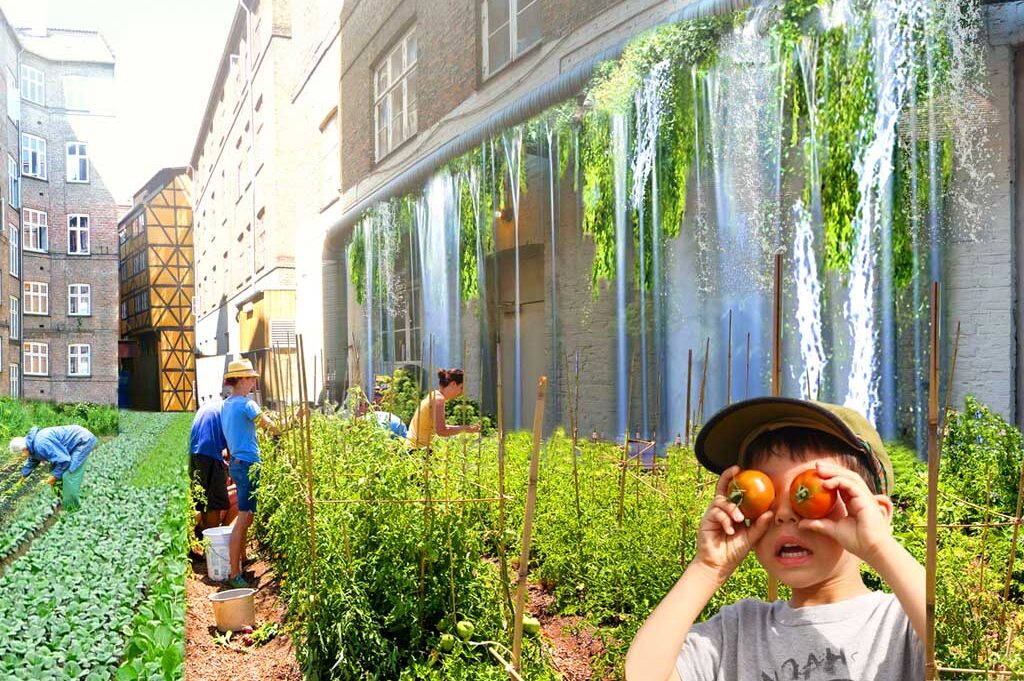If we depend on the traditional way of producing food, by cultivating and harvesting food from the villages and transporting it to the cities, it is going to become extremely difficult for people to feed.
Vertical farming is supplementing traditional in-ground, flat-land style farming across the world, and for many good reasons. While nothing will ever completely replace the tried-and-true in-ground method of growing food, changes in lifestyles have necessitated a change in the way we go about providing fresh food to our family and the community.

The biggest propellant of urban vertical farming is the fact that a lot of food can be grown in a small space. Growing upwards instead of outwards allows for fresh produce to be grown on the exterior or interior walls of almost any structure.
If we can grow food in cities, it would minimize the pressure on the pasturable rural land. Indisputably, there are certain unusual challenges to doing this, which often include the unavailability of space and inability to access sufficient sunlight especially because of the several tall buildings abounding in the cities.
But, with the creation of new solutions and community commitment, it is highly possible to grow fruit and vegetables, raise animals and even keep bees in urban areas.
This is in fact, already becoming a reality. Sometime in 2011, San Francisco passed city zoning legislation for the purpose of allowing agricultural operations in every part of the city and redefined the standards by which producers could sell their goods, making the local economy modest scope producers’ growth.
The benefits of growing food in the city are already visible, and these are all benefits that fit perfectly with the aims and principles of permaculture.
Community development
Urban agriculture can help strengthen relationships between communities. Most of the systems are community-driven, and the produce is divided and distributed among local families.
This system provides communities the opportunity of a common shared goal and activity, one in which their struggles are compensated at the same time as doing good for others. Community gardens and farms can become the central ornament of neighborhoods.
City gardening can as well encourage local economies, where can consumers can buy produce from modest-scope producers, and the money still stays within the local area, rather than being manipulated and taken away by big city companies.
Education opportunities
Agricultural locations in urban sites will avail children of the opportunity for learning. It can be extremely expensive to arrange a field trip to a rural farm, but with farms often in their neighborhoods, children can be introduced to food production and given the idea of how food is produced. Schools themselves can as well have their own farm.

Urban agriculture is not just beneficial for schools but also for various other marginalized groups, such as providing ex-convicts the chance to acquire new skills and also making it possible for the physically challenged to participate.
Reduce food miles
By growing food in the city, produce is being cultivated closer to the consumers. Doing this goes a long way in minimizing the food miles involved in the production of edible produce.
By “food miles” we mean, the costs of food production, and other resources that include the fossil fuels used for the transportation of the product to the point of sale – which can in most cases of modern industrial food production include intercontinental travel – and the energy and water costs involved in harvesting, processing and packaging the food.
Fresh and seasonal
The consumption of locally produced food implies that people have access to fresh food at all times. The period between harvest and consumption is very minimal, which means the food still retains its maximum amount of flavor and the most nutrients.

Urban farming also encourages people to eat seasonally. A lot of times, consumers prefer to go to the supermarkets for all varieties of fruit and vegetables all year round.
This means, however, that for the most part of the year, those varieties are imported, usually from halfway across the globe, adding to the environmental cost of transportation.
Eating seasonally allows people to keep in touch with the richness of nature of mother earth and appreciate the variety of products that changes around the year.
Add greenery
A variety of plants in the city have a lot of benefits attached to them. Plants have the ability to absorb carbon dioxide and other harmful gases while sending out oxygen as part of the photosynthesis process; so having more plants helps to improve air quality.
This is also achieved by the leaves filtering dust and litter from the air, which can be especially useful in areas with high traffic density and hence, greater emissions. Plants, particularly trees, can also resolve microclimates to improve living conditions. They also provide shade, not only for people but also for buildings.
Their nearness to buildings also helps to cool them in summer and protect them from cooling winter winds, minimizing the need for air conditioning and heating.
Plants in cities also aid the reduction of the heat island effect, which is the increased temperature of the city in connection to the surrounding countryside caused by the assimilation, retention, and reflection of heat by the strong synthetic materials used in city construction.
The heat island effect results in more electricity use for cooling in summer and heating in winter. Based on the above-listed reasons, plants help reduce this consumption. Having more plants also helps to reduce water evaporation.
This is sometimes the case in cities, where solid pavements and roads cause stormwater to evaporate in the events of serious or constant storms, and can cause flooding as civic drainage systems become overburdened. Plants suck up water and the soil they need and also aid the absorption of excess moisture.
Health
As strange as it may sound, urban agriculture improves health – both physically and mentally.
Most urban cultivation is done in community gardens and initiatives, benefits of growing food motivate people to actively involve themselves in the cultivation of the food, increasing physical activity and – as any permaculture gardener knows – benefiting mental states by providing a channel to get closer to nature and to take some time out from the busy, rapid series of events, that makes up city life.
Regeneration
Urban farming helps to give new life and energy to locations that have formerly been long deserted or destroyed. Urban farming mostly begin, using deserted and forsaken wastelands.
The growing and cultivation of food not only helps to restore the soil but, also to make an area more attractive and create community bonding.
Especially, in areas that have been devastated by poor economic performance, urban gardens can offer a rejuvenating effect, giving them a new look and beauty.




